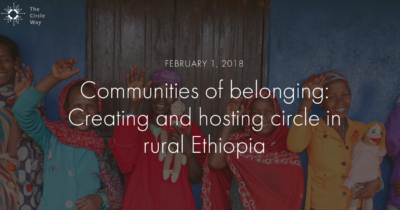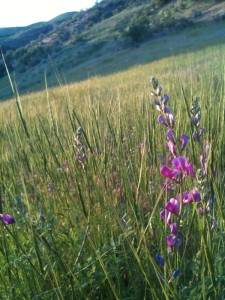
This last week I spent a fair bit of time helping my 12 year-old son with his homework. He’s in 7th grade. School isn’t his favorite thing. “It’s hard” — I can see that’s one of the stories he is telling himself. One of his classes is geography in which he is currently learning more about Utah’s national parks, bio regions, and a few defining geographic qualities. It was quite fun to make up a mnemonic to help him (and me) remember Utah’s five national parks (having him picture himself getting in a special “cab” with the letter “Z” on the side to go see the parks — CCABZ). Capitol Reef, Canyonlands, Arches, Bryce Canyon, and Zion. It stuck for him. I loved his smile – maybe it’s not always hard.
My son groans a bit in the learning. “It’s the weekend. It’s not school. Why do we have to do this?” My excitement is a bit annoying for him. I’m seeing the ease and the creativity in how he can learn, or how I can support him in that learning. But for him, as a kid, as it was for many of us, “not knowing” has its unique and painful flavor. Not knowing is about not doing well on the test. It’s about being embarrassed to be the only one. It’s often about about feeling stupid, which nobody really wants. Massively negative connotations, right. No wonder many of us learn to dislike this flavor of not knowing, and anything related to it.
In adult life, I want to suggest that there is another kind of “not knowing,” another flavor, that is important for us to discover. Unlike the Jr. High flavor, this variety of not knowing is a more comforting, even exciting flavor. It’s a meal to enjoy. It’s a meal from which you hope there are leftovers. There isn’t shame in it — I’ve had to learn this. Curiosity is what keeps us in the meal. And, some good company — it’s not to partake of alone.
The adult “not knowing” is about honesty together. It is about accepting an essential complexity in life. It is about leaning in to a novelty of life unfolding with inherent uncertainty. Not knowing, at least in a category that is much broader than naming national parks, is about a different premise — that not all of life is mechanized and meant to be understood by dissecting it to smaller and smaller and completely predictable parts. The not-knowing that becomes so essential for many of us is about daring to lean into a forever subjective quality of life in real-time creation. We can’t know it all. We can know that it’s important to remain perpetually in relationship to the topic and to the people wanting to explore it with us.
Ah, so…, I see this need for not knowing together, this second flavor. In meetings. It team-building. In community. In family. I see the undoing that it creates in me, and in many of us. I see the emotional remaking that it takes to let down the guards of protection and distraction that many of us learned so thoroughly as younger people, for whatever myriad of reasons. I’m so glad for the close friends I have that see this, so that we can laugh together at some of the absurdity, and find our way further into this delicious second flavor of not knowing.



